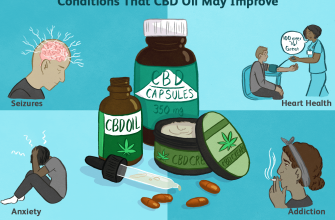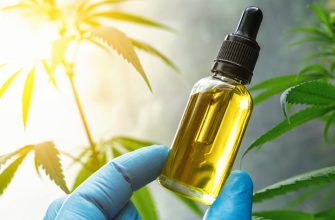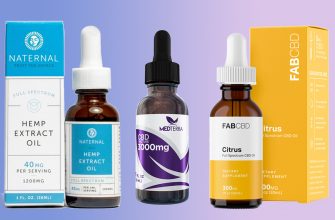Even abroad, in countries where marijuana is legal, doctors are often hesitant to prescribe it to their patients, and sometimes even oppose the use of marijuana for medicinal purposes. As a rule, doctors’ hesitation is explained by the fact that there are still not enough clinical trials and medical studies in support of cannabis. Why? Because marijuana is not legal everywhere, and in many countries such research is simply not possible.
Why don’t doctors prescribe marijuana to patients?
To better understand why many doctors are hesitant to prescribe cannabis to patients, let’s look at the arguments against cannabis:
- – Firstly, at the moment there is still not enough scientific research in the world on a number of consequences of marijuana use. The available information is very much influenced by almost mythological stories about its medicinal properties. While these stories are certainly valuable as research backgrounds, they are not enough: they are often biased and can influence research results.
- – Secondly, when studies show that cannabis is not effective for a given case, or the benefits of marijuana treatment are lower than possible side effects, further research is stopped.
- – Finally, the inconsistency between the real effect of cannabis and published research results reduces the confidence of scientists and doctors in the predictable and consistent therapeutic benefits of cannabis.
According to neuropsychologist Josh Kaplan, these points should be refuted.
Why is there little scientific research on the clinical benefits of cannabis?
The reason for the relative scarcity of cannabis clinical trials largely depends on its classification according to the so-called “Scale 1″[1] Drug Enforcement Agencies. This classification defines exactly how cannabis can be studied, as well as the amount of financial and institutional resources that can be devoted to the study of cannabis.
You won’t be surprised to learn that it’s especially difficult to get research funding for a drug that is “not currently considered a drug.” It does not matter that this remedy is perhaps one of the most ancient medicines. The careers and activities of scientists rely heavily on grant funding, and US government grants are the largest source of science funding in the world. Therefore, sustained funding for research on the medicinal properties of marijuana plays a huge role in debunking the myths associated with it. For example, Professor Michael Morgan of Washington State University in Vancouver received funding to study the interaction of THC (the active ingredient in marijuana) with morphine as an analgesic. This study was included in Tom Coburn, MD, book Alternative Opinion: Top 100 Incentive Projects. However, not everyone is happy that the US government is allocating money for marijuana research at all.
To be continued…….
[1] According to the Agency’s principles, medicines, narcotics and substances used in the manufacture of drugs are classified into five separate scales (or categories) based on the acceptability of the substance as a medical product, the “abuse potential” of the substance, and the “addictive potential” of the substance. (that is, the extent to which it is addictive). List 1 includes substances that can cause serious mental and/or physical dependence and also have a high potential for abuse.





